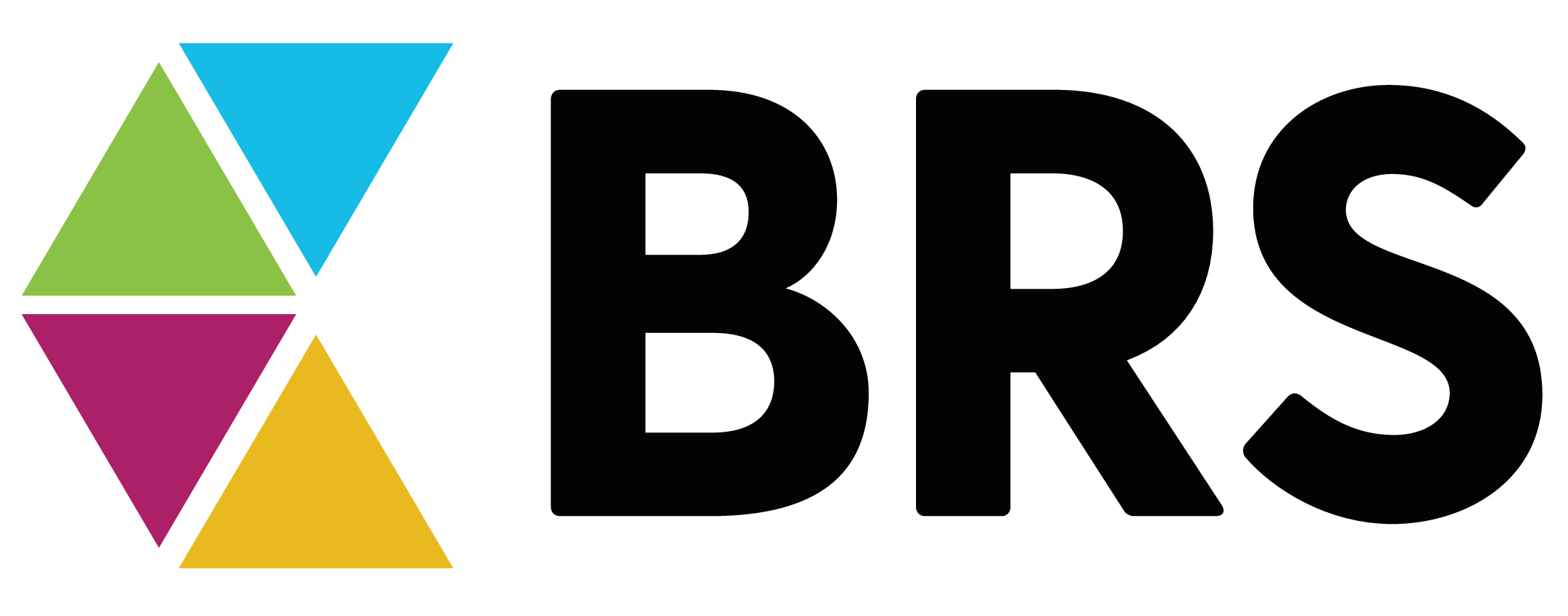Mining business rules from legacy code raises big challenges. They’re often implemented in arcane, highly procedural languages. The person or team who wrote the code is often long gone (or perhaps in India). Bringing them back into a form that business people and business analysts can understand is hard.
To illustrate, here is an as-coded example from a major bank:
For Primary Borrower or any Guarantor, IF [Processing Date – Credit Bureau File Since Date] is < 12 months AND the total # of Type Code of ‘R’ and ‘O’ trade lines is 3 or less AND the total # of ‘I’ and ‘M’ trade lines is zero AND the Industry Code = OC, ON, OZ, DC, DV, DM, DZ, Then result is Refer.
Obviously most business workers are not going to understand that specification or be able to validate what it says. Actually, this example is well above average in readability – most coding languages are even farther removed from daily business parlance. If you want to have real conversations with business partners, core business knowledge needs to be expressed in structured natural language (e.g., in RuleSpeak®), making careful use of common business vocabulary.


